
Blogs
Building Smarter Software: How AI is Transforming the Development Lifecycle
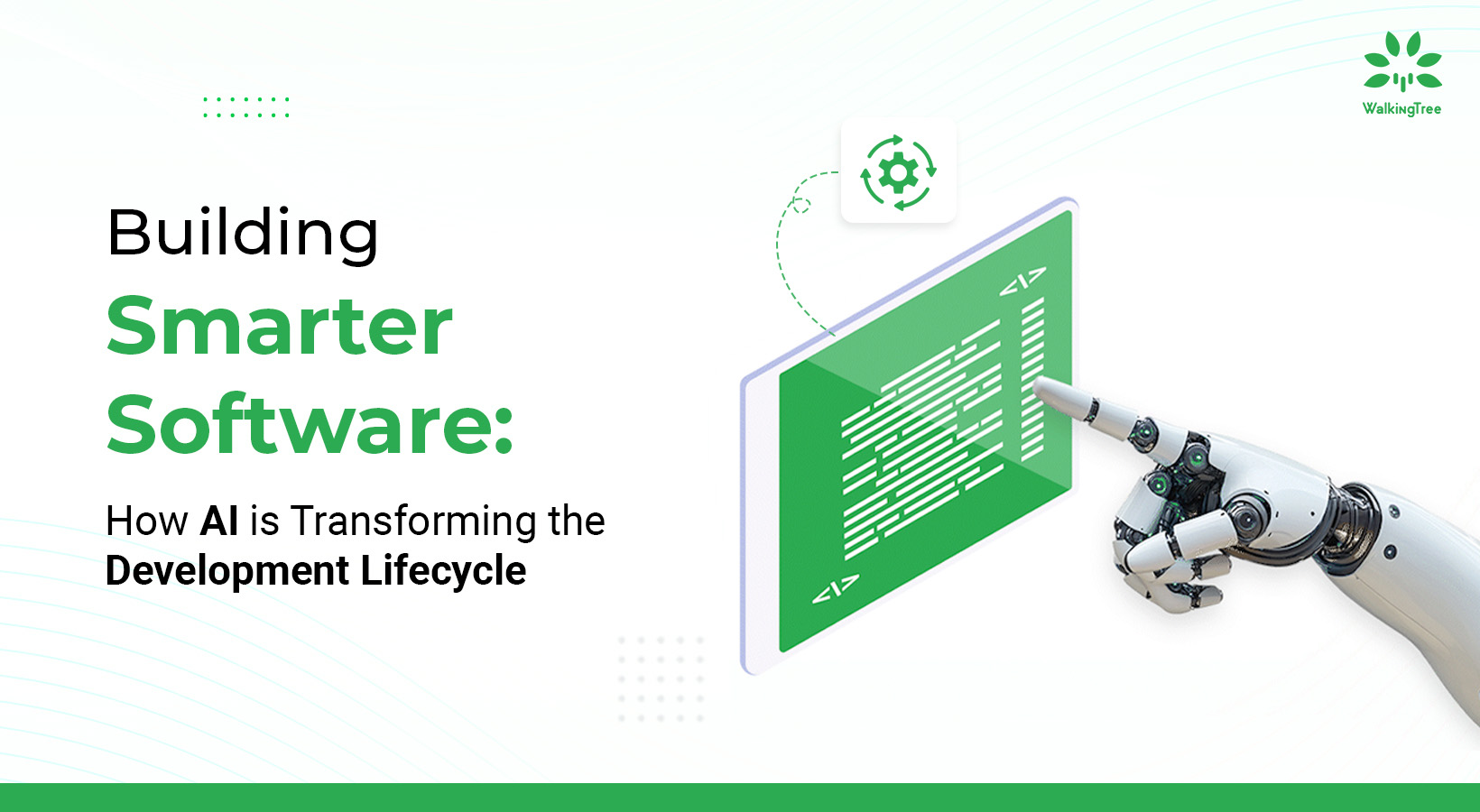
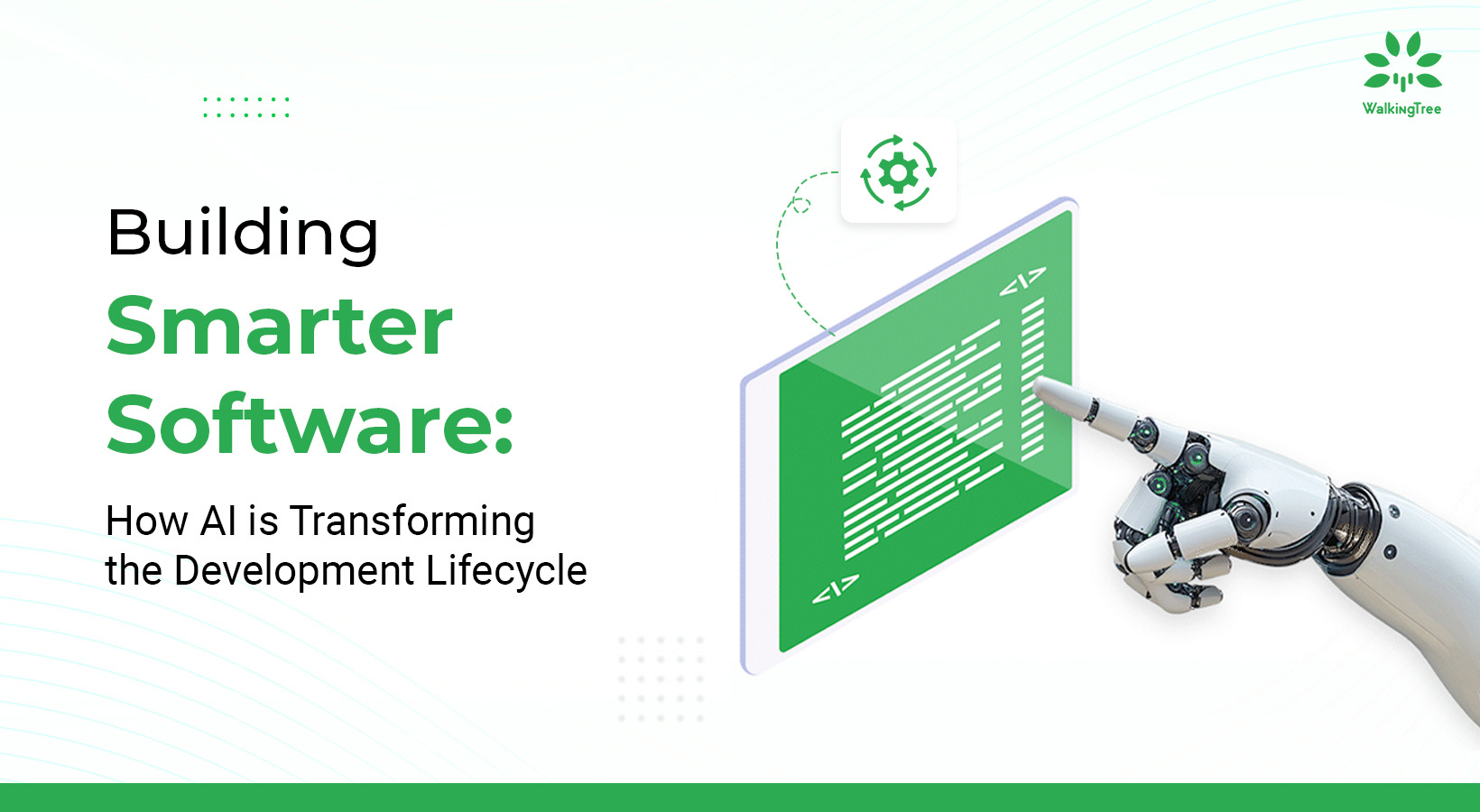
AI is transforming how software gets built. What once depended on manual reviews and static documentation is now guided by intelligent systems throughout the Software Development Lifecycle (SDLC).
Research from a 2023 McKinsey study shows that developers using generative AI can complete coding tasks up to twice as fast compared to traditional methods. Similarly, a GitHub and Accenture study (2023) found that 90 percent of developers reported higher job satisfaction and 95 percent said they enjoyed coding more when using Copilot. This shift is not just about speed. AI is redefining software development as a connected, intelligent ecosystem where every release becomes a new opportunity for systems to learn and improve.
To show how AI strengthens each stage of the SDLC, here’s a quick view of the full lifecycle before we walk through it in detail:

| AI in Requirement Analysis: Building Clarity Early
Clear requirements determine how smoothly a project moves from planning to delivery. In many cases, requirement documents contain hidden gaps, missing business rules, or inconsistent logic that create rework later in the process.
AI is changing how teams identify and correct these issues. Natural language models can read Business Requirement Documents and user stories, extract entities, map dependencies, and highlight conflicts that traditional reviews often miss. Resolving these issues early keeps design and development aligned from the start.
In an enterprise banking project, an AI model identified conflicting refund limits across multiple versions of a requirement. Addressing that inconsistency before design began saved weeks of rework and ensured compliance with business policy.
AI tools can also convert requirement documents into structured, traceable models. Each business rule connects directly to its corresponding design component and test case, creating clear accountability across the lifecycle.
By bringing automation and verification into the earliest stage of development, AI turns requirement analysis into a continuous, data-driven process that stays aligned as projects evolve.
| Architectural Validation Through AI
A system’s architecture determines how well it can scale, perform, and adapt as business needs evolve. AI now allows architects to validate design decisions before development begins.
AI-driven modeling tools can simulate different architectural patterns, including microservices, modular monoliths, and event-driven systems. These simulations estimate throughput, latency, and resource usage to identify potential performance issues early in the process.
In one logistics project, AI simulation was used to analyze message queue configurations. The results showed that a small adjustment in queue ordering reduced latency by 35 percent, leading to better scalability and more predictable performance.
AI-based validators can also benchmark new architecture diagrams against proven design patterns. This ensures that systems start with reliable structures and meet performance expectations from the outset.
| AI in Low-Level Design: Turning Architecture into Detailed Logic
Low-Level Design translates architecture into the logic developers use to build the system. It defines classes, APIs, workflows, and data structures that shape the final implementation.
AI has made this process faster, more consistent, and self-updating. In one user onboarding module, AI-generated UML diagrams and pseudocode were ready within hours, cutting manual design time by more than half.
| Automated Design Documentation
AI can generate design artifacts such as class diagrams, data flows, and API definitions directly from architectural inputs. Teams often use tools like Eraser.io or Mermaid to convert these AI-generated specifications into clear diagrams that stay easy to review. When workflows need to be mapped visually, n8n helps teams represent automation paths and logical flows in a way that matches the AI-generated logic.
For example, a simple User Registration feature can be represented as:
{ “username”: “unique”, “email”: “validated”, “onError”: “rollback” }
This approach ensures that developers always have an accurate, living reference aligned with business rules.
| Validation and Optimization
AI tools can evaluate design quality by checking for cohesion, dependency risks, and scalability issues. Teams sometimes pair these insights with visual modeling tools like Structurizr or Eraser.io to spot structural gaps or anti-patterns early.
| Data and API Modeling
AI can also generate database schemas and API definitions with authentication, relationships, and indexes automatically derived from entity definitions. Tools such as Postman, Stoplight, and SwaggerHub help teams mock, validate, and refine these AI-generated APIs. For database modeling, platforms like dbdiagram.io or DrawSQL give teams a quick way to visualize and adjust the schema before development begins.
Low-Level Design remains a critical phase, but AI now automates the repetitive elements and gives designers more room to focus on decisions that drive performance, maintainability, and business value.
If you want a deeper look at how Low-Level Design works in practice and why it matters in modern engineering teams, we’ve broken that down in a separate guide. It walks through real examples, common pitfalls, patterns, and everything teams need to know before automating LLD with AI.
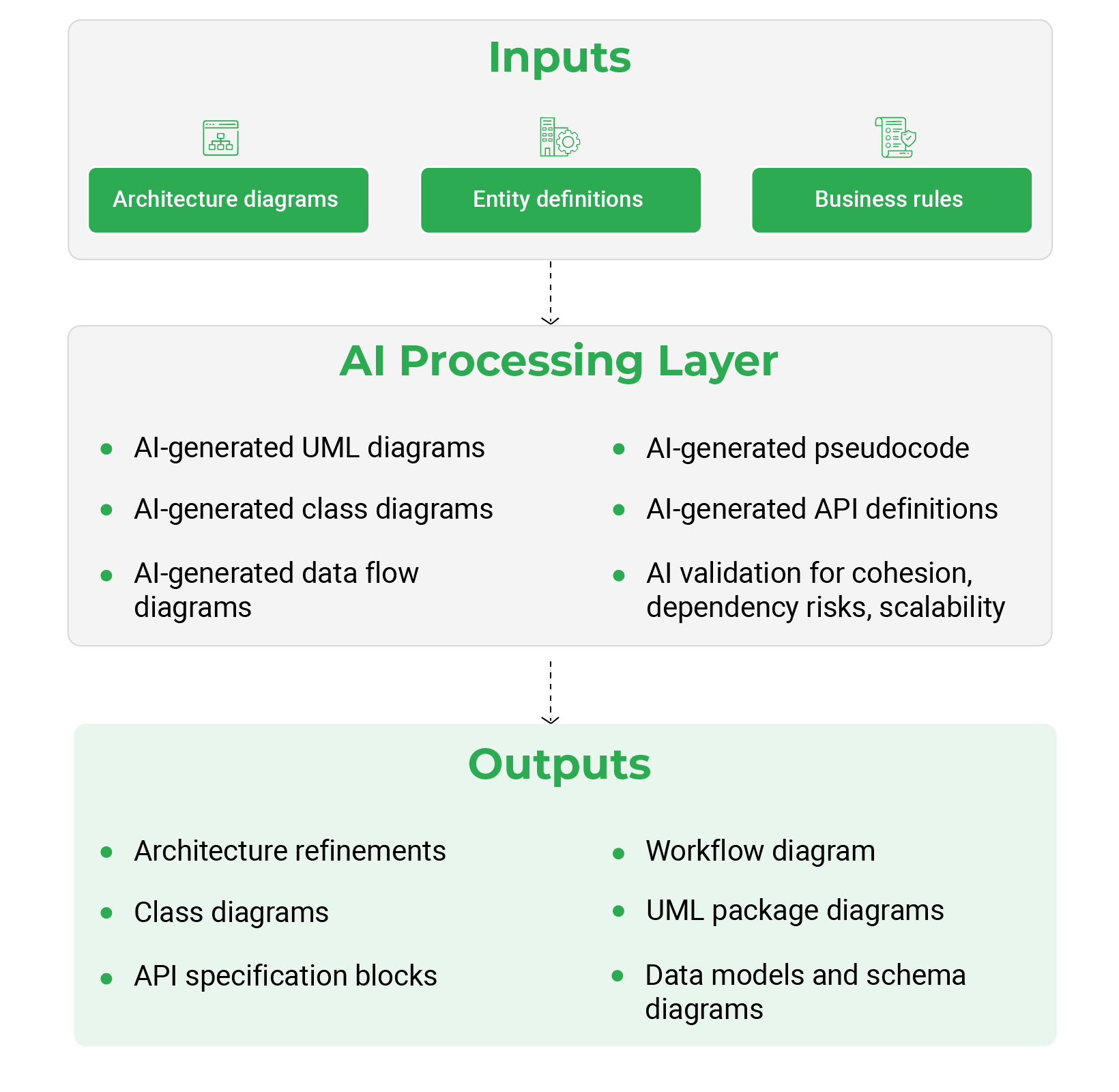
Read the full LLD guide here: Everything You Need to Know About Low-Level Design in the SDLC
| AI in Development: Working Smarter with Intelligent Assistance
The development phase is where the impact of AI is most visible. AI copilots now assist developers with code generation, suggest logic structures, create test cases, and refactor existing functions in real time.
Teams now use a mix of AI assistants for daily coding work, including GitHub Copilot, Tabnine, ChatGPT, Claude.ai, and models like DeepSeek. Many of these run as VS Code plugins, helping developers generate code snippets, explain complex logic, review pull requests, and refine design choices without leaving their editor. They blend well with WalkingTree’s engineering workflows where accuracy, speed, and clean implementation are essential across enterprise projects.
GitHub’s 2023 research found that 73 percent of developers using AI copilots reported better focus, while 87 percent said the tools reduced mental fatigue. These systems are changing how teams approach coding by handling repetitive or syntax-heavy tasks and maintaining consistency across projects.
With AI supporting development workflows, engineers can concentrate on solving complex business problems, improving architecture, and enhancing product quality. AI ensures the routine work gets done faster and more accurately, leaving human developers to focus on decisions that drive innovation.

| AI in Testing and Quality Assurance
Testing has shifted from being a final phase to becoming a continuous feedback loop that runs throughout the development process. AI now plays a key role in predicting risks, generating test cases automatically, and identifying failures earlier.
Teams also lean on general-purpose LLMs like ChatGPT or DeepSeek to draft test scenarios, validate edge cases, and spot gaps in logic before automation begins. They act as quick-thinking assistants that raise the overall quality of test design.
AI-driven systems can pinpoint modules most likely to fail, prioritize high-impact test cases, and recommend targeted regression subsets to minimize runtime. In one healthcare analytics platform, AI-based testing detected authorization vulnerabilities weeks before manual testing began, saving both time and cost.
WalkingTree also strengthens this stage with its TAP (Test Automation Platform) accelerator, which turns user stories, legacy scripts, and manual cases into ready-to-execute automated tests. TAP improves coverage, removes repetitive effort, and keeps regression cycles consistent as systems evolve.
AI further enhances test accuracy by analyzing gaps between requirements, design, and code. This ensures every business rule is verified and each scenario is tested with precision. Quality assurance becomes a proactive, data-driven discipline where insights from AI continuously improve stability and reliability across releases.
| Deployment and Monitoring: Smarter Systems in Action
AI extends its benefits into deployment and production monitoring. In continuous delivery pipelines, it predicts build failures, optimizes deployment order, and automates rollback when needed.
Once deployed, AI-powered monitoring systems analyze logs and telemetry in real time to identify anomalies before they affect users. In a high-traffic retail system, AI predicted a memory leak during a seasonal sale and automatically scaled resources to maintain uptime.
AI also optimizes infrastructure usage by forecasting load patterns and adjusting resources accordingly. This creates more stable and cost-efficient operations.
| Continuous Learning Across the Lifecycle
AI has turned the Software Development Lifecycle into a connected system where each phase informs and strengthens the next. Insights from requirements improve design, design shapes development, testing guides architectural refinement, and production feedback drives future planning.
This creates a continuous learning loop where systems evolve with every release. Patterns identified during deployment help refine coding standards. Test results highlight design improvements. User behavior data influences future requirements. The entire process becomes self-improving rather than repetitive.
Organizations that embed AI across the lifecycle gain more than speed. They build adaptive systems that learn from real usage and become more accurate, efficient, and predictable over time.
| Business Impact: Predictable, Scalable, and Measurable
AI-driven software development delivers measurable business results:
- Shorter release cycles through automation and validation
- Greater consistency between design and implementation
- Lower rework and maintenance costs from early detection of flaws
- Improved traceability from BRD to production metrics
- Higher scalability with data-informed design adjustments
At WalkingTree, our GenAI library holds a growing set of reusable design fragments and templates that guide teams toward consistent, high-quality solutions. What once sat in isolated documents now becomes a shared, evolving asset across projects. Alongside this, different AI capabilities support each stage of the SDLC. AI analyzers help clarify requirements early by surfacing gaps and conflicting rules. During architecture and design, AI-assisted modeling and visualization tools bring more accuracy into pattern validation and system structure. Development benefits from AI copilots that speed up coding, suggest improvements, and generate test-ready logic. Quality engineering teams rely on AI-powered testing platforms such as QAOps to predict high-risk areas and increase coverage. Even in deployment and monitoring, intelligent automation keeps releases stable by detecting anomalies before they turn into issues. Together, these practices reduce rework, improve reliability, and raise the overall quality of every release.
| Conclusion
AI has reshaped how software is designed, developed, and maintained. It now supports every phase of the lifecycle, creating systems that are faster to build, easier to validate, and smarter over time.
Low-Level Design illustrates this change clearly. What used to be a static manual process is now a dynamic, intelligent step that evolves with code and architecture. But the transformation extends across the entire SDLC, where every activity feeds a continuous cycle of learning and improvement.
At WalkingTree Technologies, we are helping enterprises integrate AI into their development frameworks, from requirement analysis to deployment. The goal is not just faster delivery but continuous intelligence that powers long-term scalability and reliability.
If your team is exploring how to bring AI into its software engineering process, our experts can help you design a roadmap tailored to your business goals. Explore now to get started.
| FAQS
AI enhances requirement analysis by converting unstructured business documents into clear, traceable technical inputs. It identifies ambiguities, conflicting statements, and missing rules within Business Requirement Documents (BRDs) or user stories. This ensures developers and stakeholders share a unified understanding before the design phase. At WalkingTree, our GenAI analyzers map each business rule directly to system behavior, architecture, and test cases, creating complete end-to-end traceability from day one.
AI brings intelligence, automation, and validation into Low-Level Design (LLD). It generates UML diagrams, data models, pseudocode, and API definitions from architectural blueprints, ensuring accuracy and alignment with system requirements. AI also checks for design flaws such as cyclic dependencies or redundant logic, making early corrections before development begins. This reduces documentation time, minimizes human error, and keeps design artifacts continuously updated through version control systems.
Yes. AI-powered testing tools generate, execute, and prioritize test cases based on design logic, code changes, and business rules. They use pattern recognition to identify high-risk modules and ensure coverage of both functional and non-functional requirements. AI-driven regression testing further reduces execution time by targeting only impacted areas. This continuous testing cycle enables faster feedback, early bug detection, and measurable improvements in product stability and release confidence.
AI streamlines deployment by predicting build failures, optimizing deployment order, and automating rollback mechanisms. Once applications are live, AI-based monitoring tools analyze telemetry data to detect anomalies and forecast performance degradation before it impacts users. For instance, AI can automatically scale resources during peak load or tune configurations for better cost efficiency. This proactive approach helps maintain uptime, improve responsiveness, and minimize operational overhead in complex enterprise environments.
Successful adoption starts with incremental integration. Most teams begin with testing automation or design validation to measure tangible improvements in speed and accuracy. From there, AI can expand into requirement analysis, architecture modeling, and monitoring. The key is to pair automation with human oversight and domain expertise. At WalkingTree Technologies, we help organizations build structured roadmaps for GenAI integration, ensuring scalability, governance, and measurable business value at every phase.
About Abhilasha Sinha
Abhilasha Sinha leads the Generative AI division at WalkingTree Technologies, leveraging over 20 years of expertise in enterprise solutions, AI/ML, and digital transformation. As a seasoned solutions architect, she specializes in applying AI to drive business innovation and efficiency.
View all posts by Abhilasha Sinha

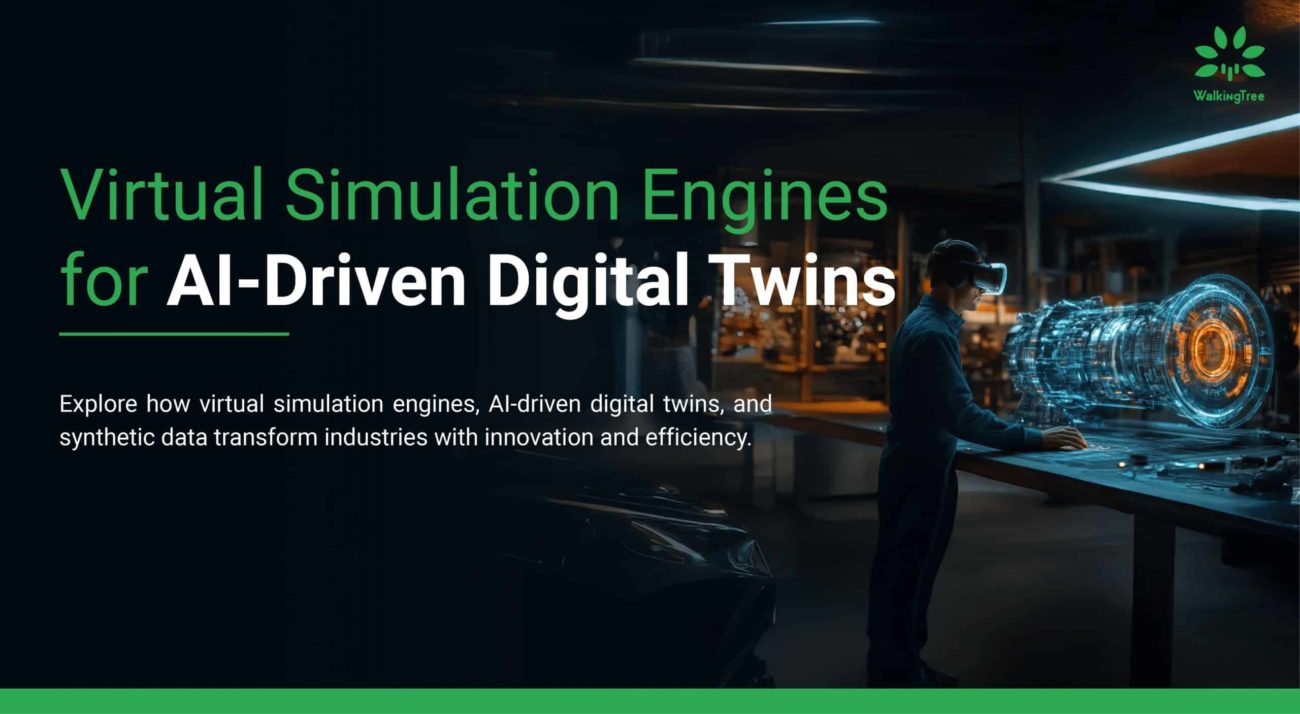

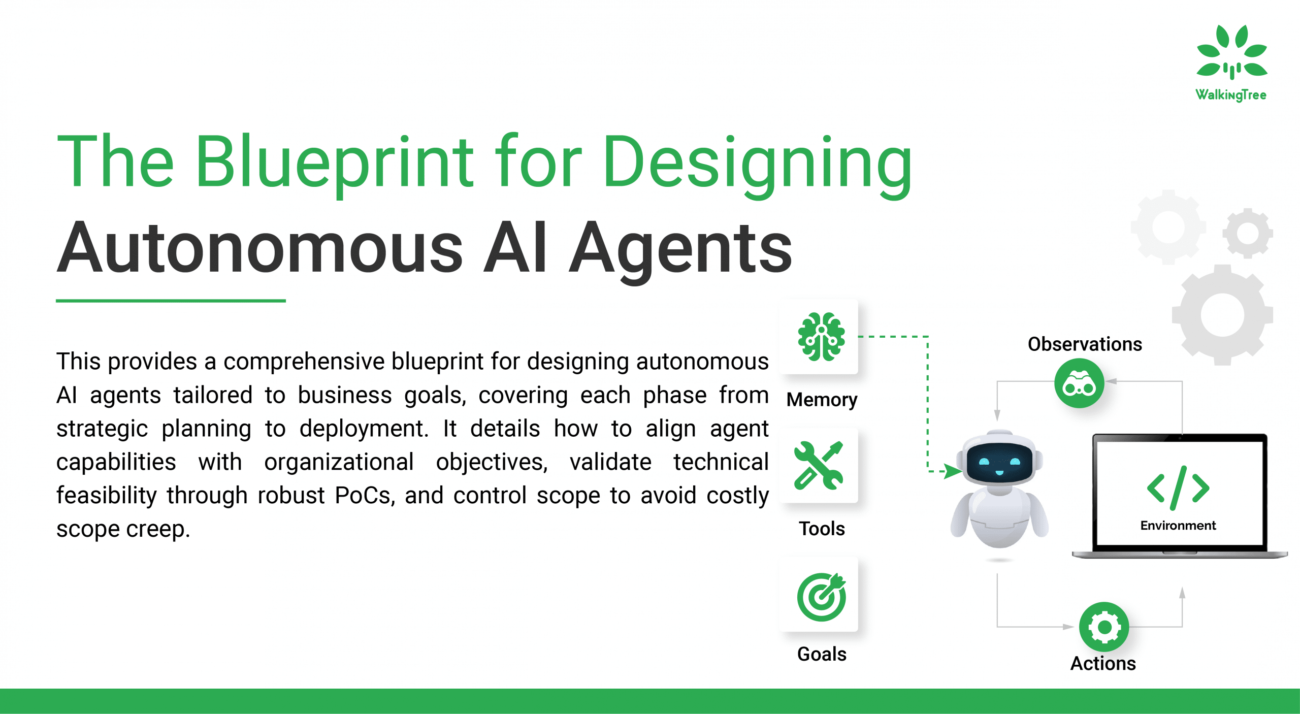

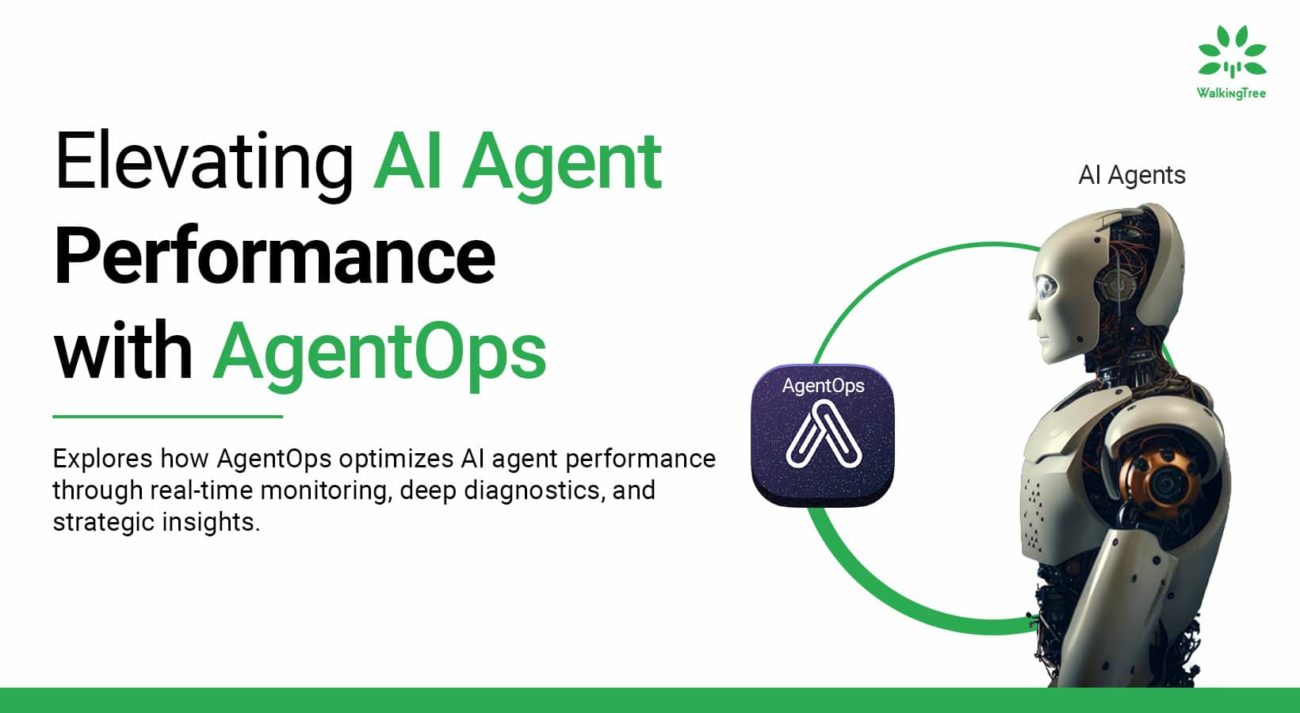
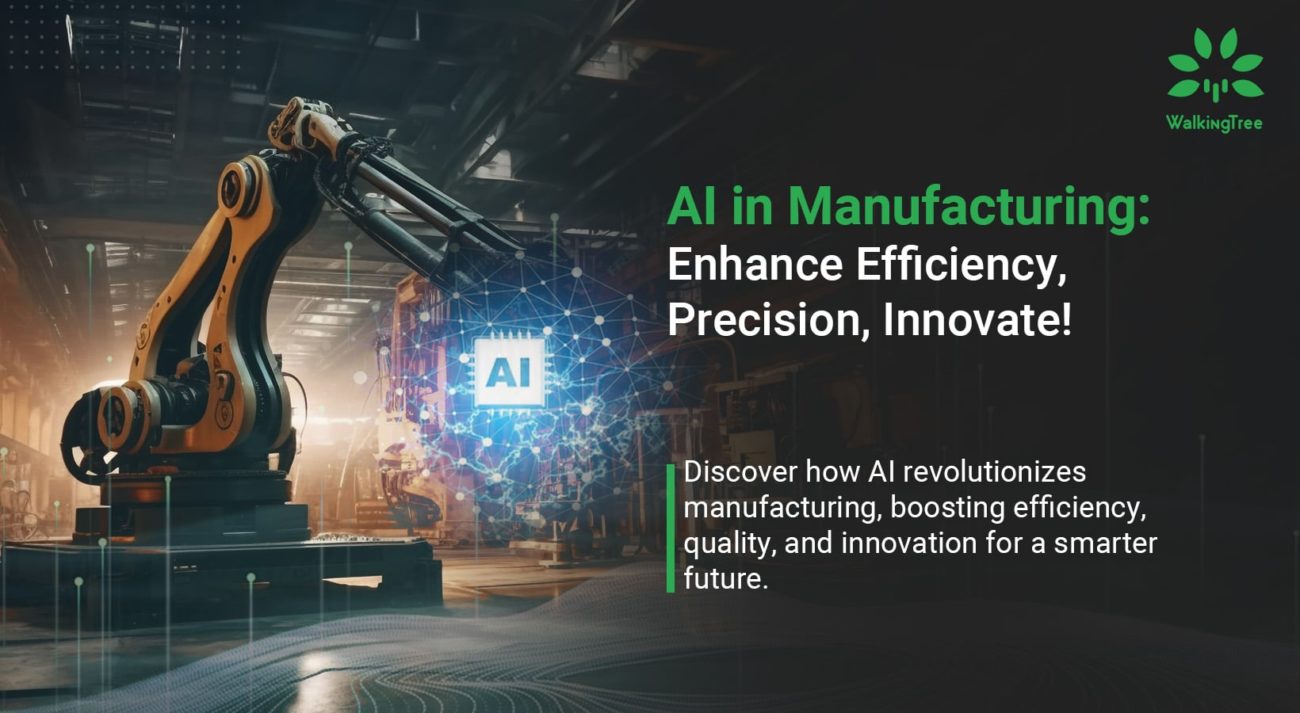
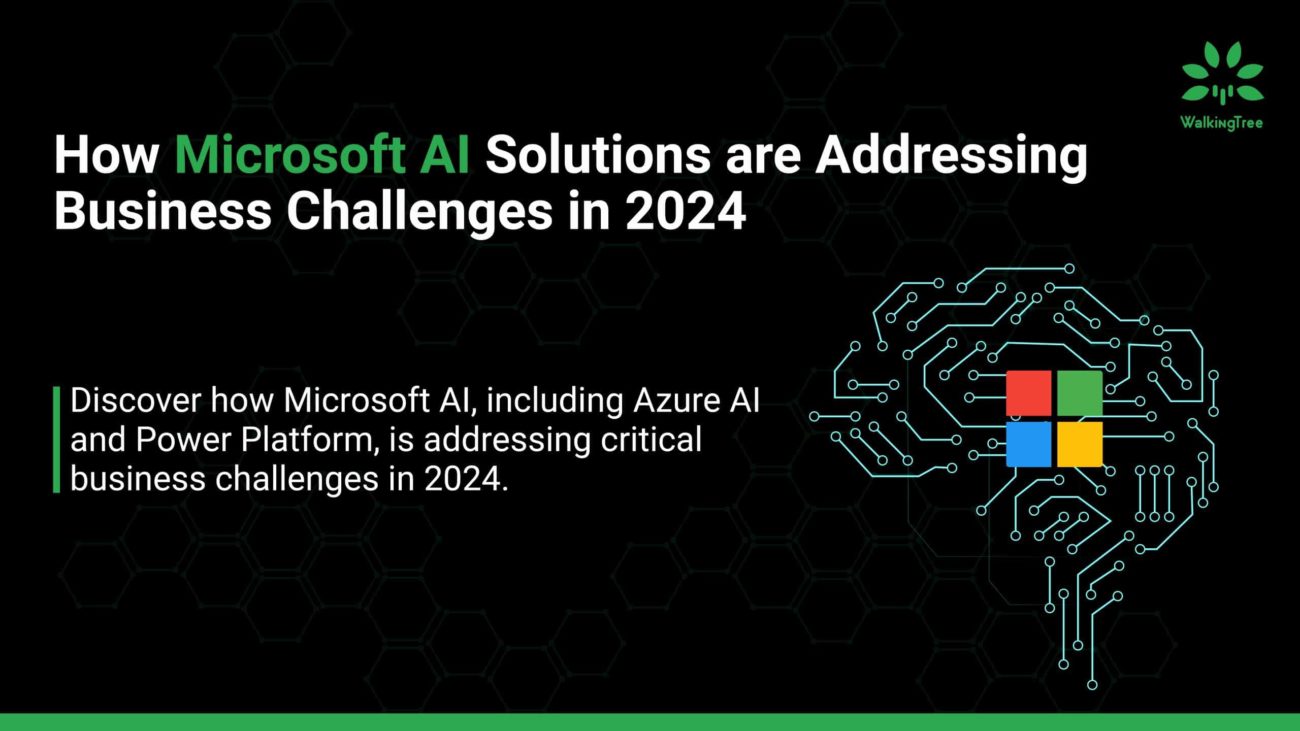
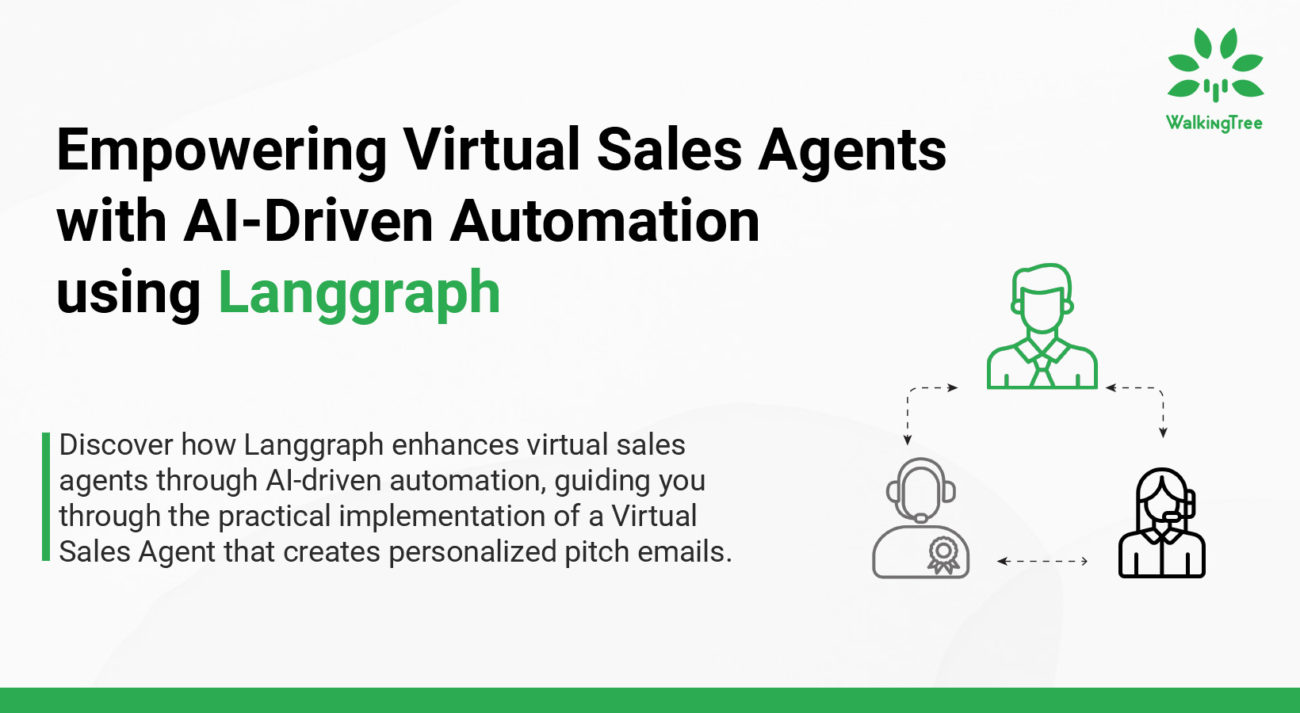



It’s fascinating to see how AI is shifting away from static documentation.